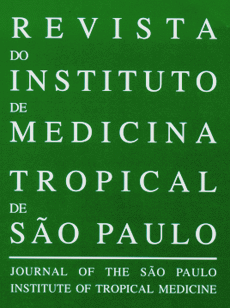From January, 1984 to December, 1996, 422 patients (ages 9 m-99 y, median 29 y) were admitted after being bitten by spiders which were brought and identified as Phoneutria spp. Most of the bites occurred at March and April months (29.2%), in the houses (54.5%), during the day (76.5%), and in the limbs (feet 40.9%, hands 34.3%). Upon hospital admission, most patients presented only local complaints, mainly pain (92.1%) and edema (33.1%) and were classified as presenting mild (89.8%), moderate (8.5%) and severe (0.5%) envenomation. Few patients (1.2%) did not present signs of envenomation. Severe accidents were only confirmed in two children (9 m, 3 y). Both developed acute pulmonary edema, and the older died 9 h after the accident. Patients more than 70 year-old had a significantly greater (p<0.05) frequency of moderate envenomations compared to the 10-70-year-old individuals. Proceedings to relief local pain were frequently performed (local anesthesia alone 32.0%, local anesthesia plus analgesics 20.6% and oral analgesics alone 25.1%). Only 2.3% of the patients (two cases classified as severe and eight as moderate, eight of them in children) were treated with i.v. antiarachnid antivenom. No antivenom early reaction was observed. In conclusion, accidents involving the genus Phoneutria are common in the region of Campinas, with the highest risk groups being children under 10 years of age and adults over 70 years of age. Cases of serious envenomation are rare (0.5%).
Phoneutria spp.; Spider envenomation




